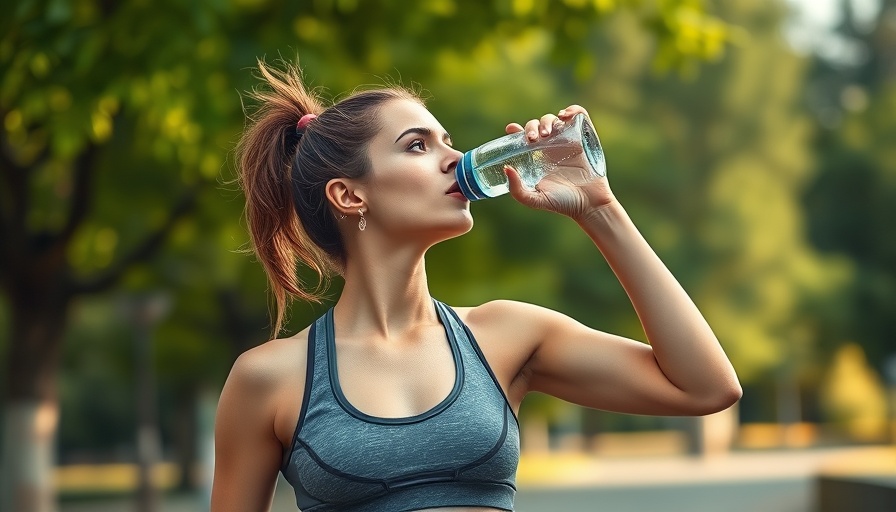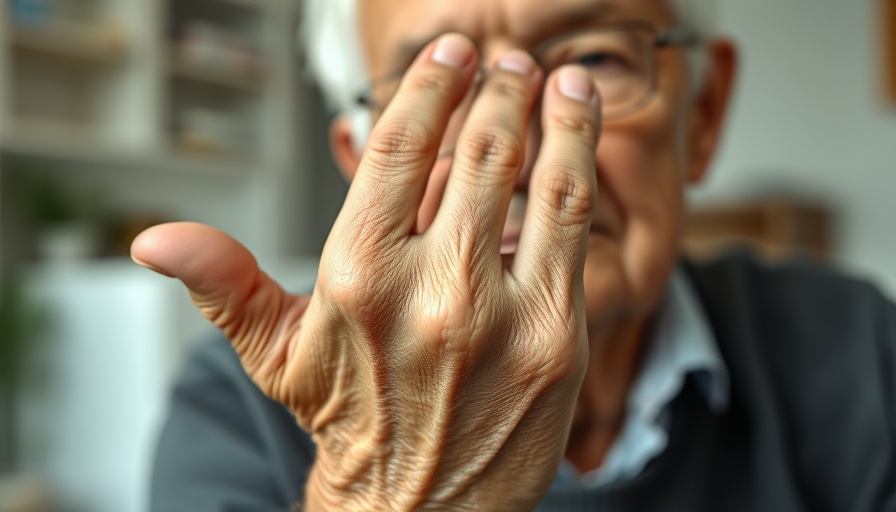
Vaping: A False Hope for Smokers
While many believe e-cigarettes offer a gateway to quitting traditional cigarettes, recent studies suggest otherwise. Research from the University of California San Diego indicates that individuals who vape and smoke may find themselves in a vicious cycle of addiction, becoming even less likely to quit smoking than their counterparts who smoke only traditional cigarettes. This pattern raises important questions about the effectiveness of vaping as a cessation tool.
The Findings: Vaping versus Smoking Alone
A cohort study involving 6,013 smokers showed alarming statistics: smokers who vaped daily exhibited a stunning 14.7% lower likelihood of quitting compared to those who didn't vape at all. For non-daily vapers, the quitting rate decreased by 5.3%. Such findings reinforce the notion that vaping could actually exacerbate nicotine dependence rather than mitigate it.
Health Risks Associated with Vaping
The health implications of vaping are still under scrutiny, particularly concerning its long-term effects. Vape users may inhale harmful substances—ranging from heavy metals to carcinogenic chemicals—potentially advancing respiratory issues like Chronic Obstructive Pulmonary Disease (COPD). While vaping is often marketed as a safer alternative to smoking, many health professionals caution against its perceived safety.
Effective Alternatives for Quitting
The quest to quit smoking should prioritize methods proven to facilitate cessation. Options such as quitlines and nicotine replacement therapy (NRT) have presented effective solutions, offering support through coaching, educational resources, and access to nicotine substitutes. Studies indicate that personalized quitline programs can see up to 45% success rates among participants, a figure that far surpasses the effectiveness of vaping as a cessation aid.
Understanding the Misconceptions
Despite the clear evidence against vaping's efficacy for quitting smoking, many still cling to the belief that e-cigarettes help reduce nicotine dependence. This misconception can cloud the judgment of those looking for effective cessation methods. Public awareness campaigns may be needed to debunk these myths and redirect attention toward scientifically-backed cessation resources.
Moving Forward: The Call to Action
For those struggling with tobacco addiction, it's essential to be informed about effective methods for quitting. Nicotine dependence is a serious issue that deserves attention and action. Call us today at 984-238-6164 or email us at tom@mywellnesstrain.com to explore resources designed to help you or someone you care about quit for good.
 Add Row
Add Row  Add
Add 




Write A Comment